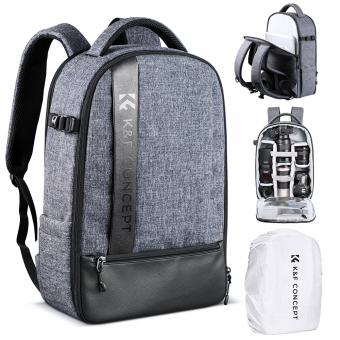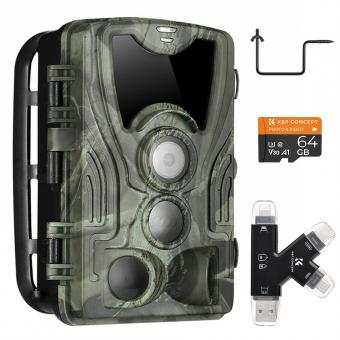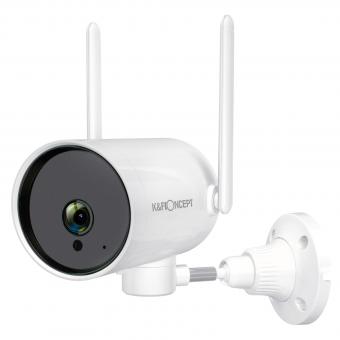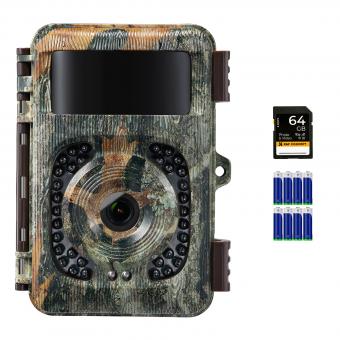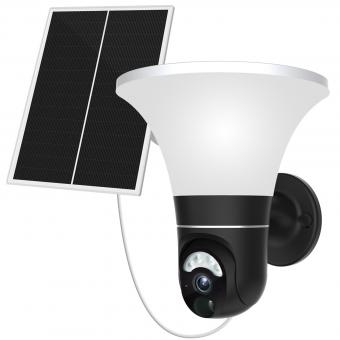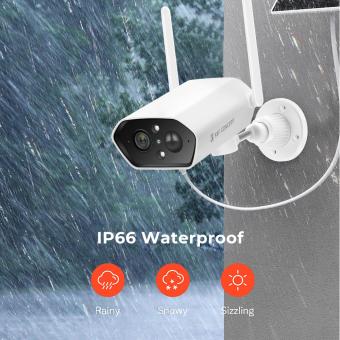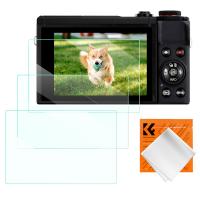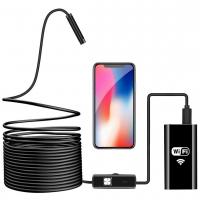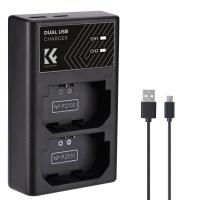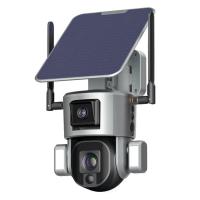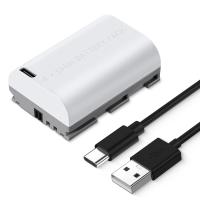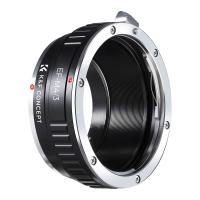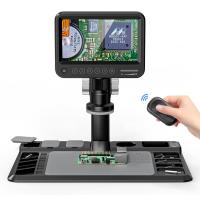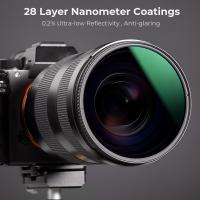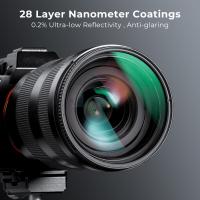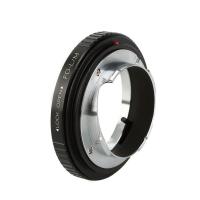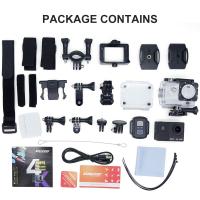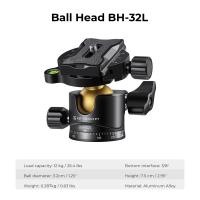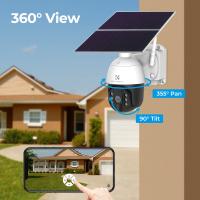Are There Cameras That Don't Need Wifi ?
Yes, there are cameras that don't need Wi-Fi. These cameras can operate independently without the need for an internet connection. Some examples of cameras that don't require Wi-Fi include disposable cameras, film cameras, and some digital cameras that use memory cards to store images. Additionally, there are security cameras that can operate without Wi-Fi by using cellular networks or local storage options. These cameras can be useful in areas where Wi-Fi is not available or unreliable.
1、 Analog Cameras
Analog cameras are a type of camera that does not require Wi-Fi to function. These cameras use a physical connection, such as a coaxial cable, to transmit video signals to a recording device. Analog cameras have been around for decades and are still widely used today, especially in commercial and industrial settings.
While Wi-Fi cameras have become increasingly popular in recent years, analog cameras still have some advantages. For one, they are generally less expensive than their digital counterparts. Additionally, analog cameras can transmit video signals over longer distances without the need for signal boosters or repeaters.
However, it's worth noting that analog cameras do have some limitations. For example, they typically have lower resolution than digital cameras, which can make it harder to identify details in the footage. Additionally, analog cameras require a physical connection to a recording device, which can make it more difficult to access footage remotely.
Overall, while Wi-Fi cameras have become the norm in many settings, analog cameras still have a place in certain applications. Whether you choose an analog or digital camera will depend on your specific needs and budget.
2、 Cellular Cameras
There are indeed cameras that don't require Wi-Fi to function, and these are known as cellular cameras. These cameras use cellular networks to transmit data, allowing them to operate without the need for a Wi-Fi connection. Cellular cameras are becoming increasingly popular, particularly in remote areas where Wi-Fi signals may be weak or non-existent.
One of the main advantages of cellular cameras is that they can be used in areas where Wi-Fi is not available. This makes them ideal for outdoor use, such as in wildlife monitoring or security applications. They are also useful for monitoring remote locations, such as construction sites or oil rigs, where a Wi-Fi connection may not be practical.
Another advantage of cellular cameras is that they can be accessed remotely, allowing users to view live footage or receive alerts when motion is detected. This makes them ideal for home security applications, as well as for monitoring pets or children.
In terms of the latest developments in cellular cameras, there has been a trend towards cameras with longer battery life and improved image quality. Some cameras now offer 4G connectivity, allowing for faster data transmission and more reliable performance. There has also been a move towards cameras with more advanced features, such as facial recognition and object tracking.
Overall, cellular cameras offer a versatile and reliable solution for a range of applications, and are likely to become increasingly popular in the coming years.
3、 SD Card Cameras
Yes, there are cameras that don't need wifi. One such type of camera is an SD card camera. These cameras are designed to store images and videos directly onto an SD card, which can then be removed and transferred to a computer or other device for viewing.
SD card cameras are particularly useful for outdoor activities such as hiking, camping, and wildlife photography, where wifi connectivity may be limited or unavailable. They are also a good option for those who prefer not to rely on cloud storage or who want to keep their images and videos private.
In recent years, SD card cameras have become more advanced, with features such as high-resolution sensors, image stabilization, and even 4K video recording. Some models also include built-in GPS, which can be useful for geotagging photos and tracking your location.
Overall, SD card cameras are a reliable and convenient option for those who want to capture high-quality images and videos without the need for wifi connectivity. While they may not have all the bells and whistles of more advanced cameras, they are a great choice for those who value simplicity and ease of use.
4、 Wired IP Cameras
Yes, there are cameras that don't need wifi. These cameras are called Wired IP Cameras. Wired IP Cameras are connected to the internet through an Ethernet cable, which provides a stable and reliable connection. Unlike wifi cameras, Wired IP Cameras don't rely on a wireless signal, which can be affected by interference from other devices or obstacles.
Wired IP Cameras are a popular choice for businesses and homeowners who want to monitor their property without relying on wifi. These cameras are easy to install and can be connected to a network video recorder (NVR) for easy storage and playback of footage.
One of the latest trends in Wired IP Cameras is the use of Power over Ethernet (PoE) technology. PoE allows the camera to receive power and data through a single Ethernet cable, simplifying the installation process and reducing the need for additional power outlets.
Another advantage of Wired IP Cameras is their ability to provide high-quality video footage. Unlike wifi cameras, which can suffer from lag and buffering, Wired IP Cameras can provide smooth and clear video, even in high-resolution formats.
In conclusion, Wired IP Cameras are a reliable and effective option for those who want to monitor their property without relying on wifi. With the latest advancements in PoE technology and high-quality video capabilities, Wired IP Cameras are a great choice for businesses and homeowners alike.

